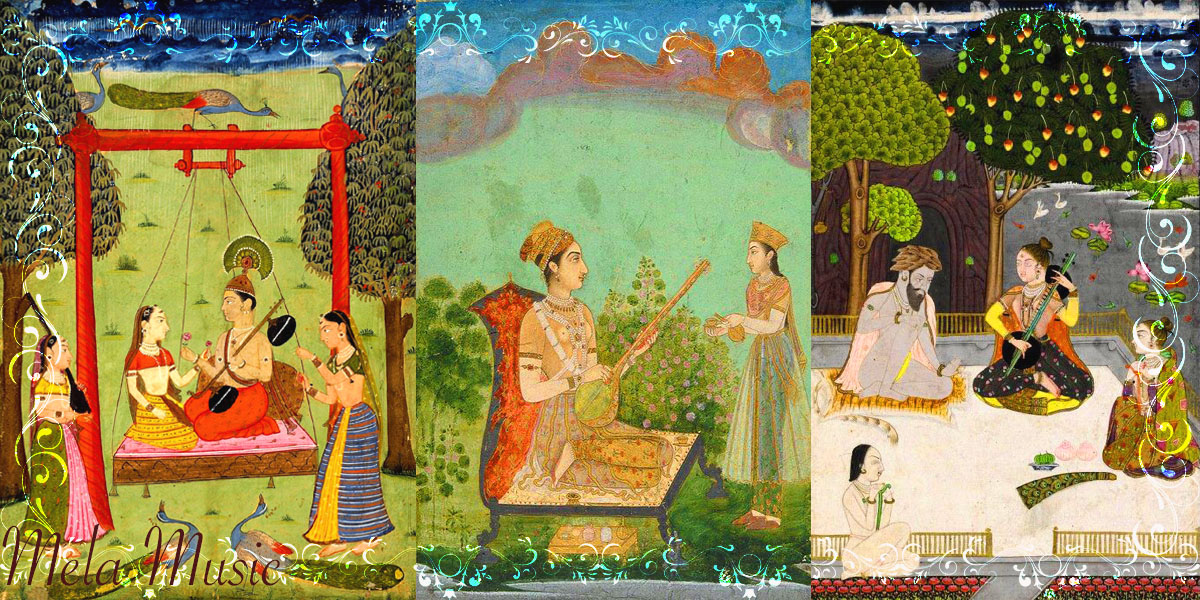
Miyan Ki Todi is a highly revered and profound raga in the Hindustani classical music tradition. It belongs to the Todi thaat and is considered one of the most complex and challenging ragas to perform. Miyan Ki Todi is known for its deep spiritual and meditative qualities, evoking a sense of introspection and tranquility.
The raga is named after the legendary musician and composer, Miyan Tansen, who was one of the nine gems in the court of Emperor Akbar. Miyan Ki Todi has a rich historical significance and is believed to have been created by Tansen himself. It is said that Tansen used this raga to depict the somber and contemplative moods in his music.
The mood of Miyan Ki Todi is predominantly introspective, somber, and profound. It is often performed during the late evening or early night hours, creating an atmosphere of deep contemplation and introspection. The improvisation in Miyan Ki Todi involves exploring the depths of the raga’s emotional and melodic possibilities, gradually building up the intensity and complexity of the performance.
Due to its complex nature, Miyan Ki Todi demands a high level of skill and mastery from the artist. It requires a deep understanding of the raga’s nuances, including its specific note combinations, melodic phrases, and ornamentation techniques. The artist must be able to navigate the intricate melodic pathways of the raga with precision and sensitivity.
Miyan Ki Todi has been widely performed and recorded by renowned musicians throughout history. Its deep emotional impact and spiritual essence have made it a favorite choice for artists seeking to convey profound emotions and connect with the audience on a deeper level. The rendition of Miyan Ki Todi often leaves a lasting impression on the listeners, immersing them in a state of introspection, tranquility, and inner reflection.
In conclusion, Miyan Ki Todi is a remarkable raga that embodies the essence of contemplation and spirituality. Its complex melodic structure and deep emotional impact have made it a cherished and respected raga in the Hindustani classical music repertoire. The performance of Miyan Ki Todi demands exceptional skill, sensitivity, and understanding from the artist, as they navigate the intricate pathways of this mesmerizing raga, inviting the listeners to embark on a profound musical journey.
